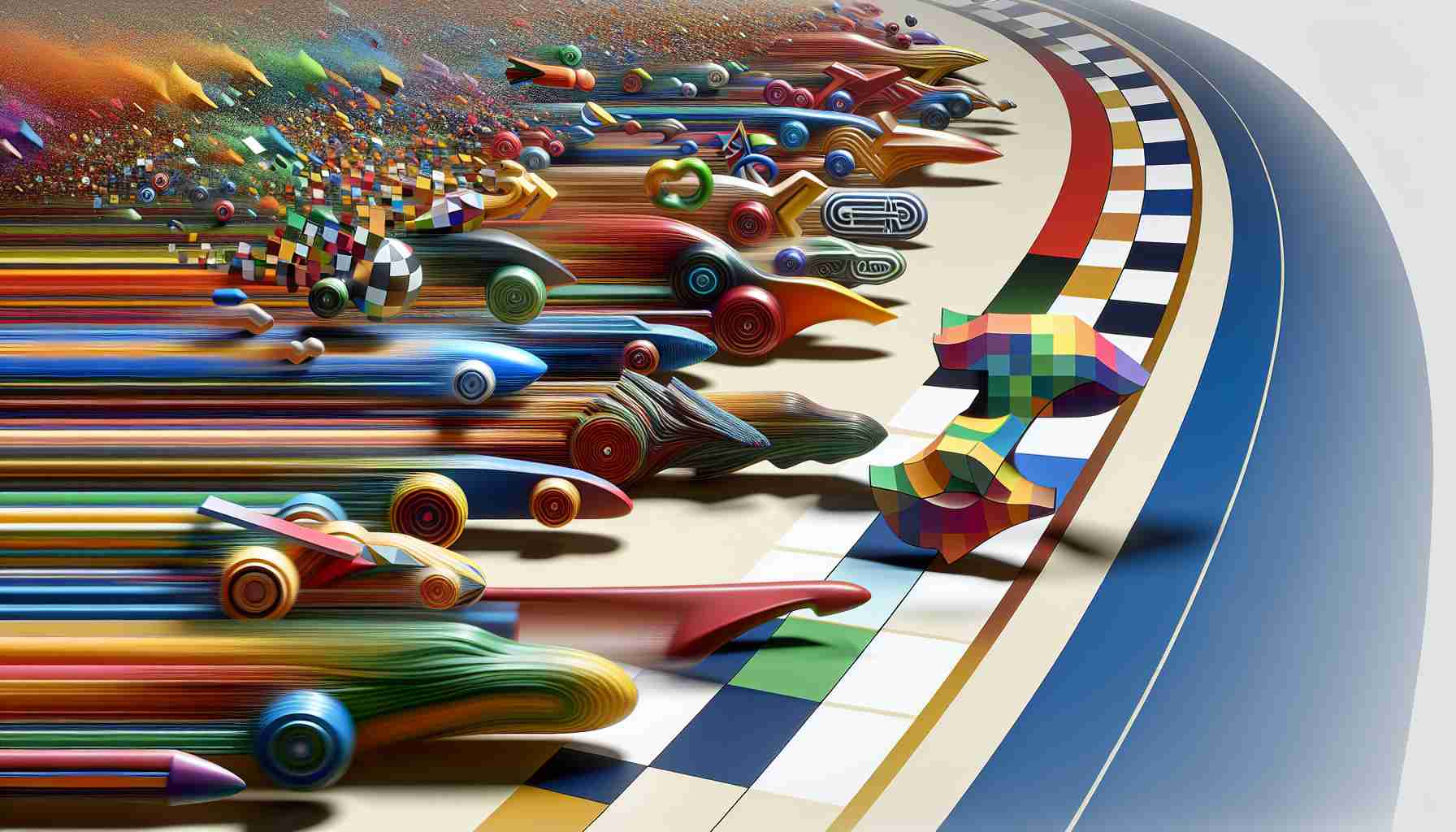Quantum Breakthrough: Revolutionizing Computing with High-Fidelity Quantum Gates
Researchers at Japan’s RIKEN Center for Quantum Computing and Toshiba have achieved a monumental leap in quantum technology. They have successfully implemented a quantum gate with unprecedented fidelity, a development poised to enhance the practicality of current quantum systems, notably noisy intermediate-scale quantum (NISQ) devices.
Harnessing the Double-Transmon Coupler
Central to this advancement is the realization of a double-transmon coupler (DTC), a once-theoretical construct now a reality. The DTC serves as a precision tool that allows qubits, the fundamental units of quantum information, to interact with exceptional accuracy. Comprising two fixed-frequency transmons connected by a Josephson junction, this setup ensures error-resistant conduction under specific quantum conditions, fortifying qubit states against interference.
Advancing NISQs with Unparalleled Fidelity
The DTC-based quantum gate boasts a gate fidelity of up to 99.99%, effectively managing pivotal errors like leakage and decoherence, which frequently hinder quantum systems. This innovation not only promises enhanced error correction capabilities for future quantum computing architectures but also tackles challenges faced by today’s early-stage quantum devices.
A Versatile Solution for Quantum Challenges
Significantly, the DTC gate performs admirably even with detuned qubits, operating beyond their natural frequencies to minimize interference. As highlighted by Yasunobu Nakamura, director of the RIKEN Center, this capability marks the DTC as a versatile component for diverse quantum computing frameworks, setting the stage for substantial progress in developing robust quantum technologies.
Unlocking Quantum Potential: Transforming the Future of Computing
The quantum computing realm is experiencing an unprecedented transformation thanks to ground-breaking innovations like the development of high-fidelity quantum gates. While previous reports have highlighted the extraordinary capabilities of these gates, new insights and challenges are reshaping our understanding of their impact on computing technology.
Key Questions and Answers
What Makes High-Fidelity Quantum Gates Revolutionary?
At the forefront of quantum advancement is the introduction of high-fidelity quantum gates, particularly those leveraging the double-transmon coupler (DTC). These gates minimize error rates and enhance the stability of qubit interactions, crucial for reliable quantum computation. The fidelity level reaching up to 99.99% is a substantial leap forward, addressing previous limitations in handling errors such as leakage and decoherence.
How Does the Double-Transmon Coupler Work?
The double-transmon coupler, a sophisticated structure previously theoretical, is now a reality. It allows qubits to communicate with a high degree of precision. By connecting two transmons via a Josephson junction, the DTC ensures low interference and robust qubit stability, even when operating with detuned qubits beyond their natural frequencies.
Key Challenges and Controversies
Scalability and Integration
While high-fidelity quantum gates hold immense promise, scaling these systems to a level where they can outperform classical computers remains a significant challenge. Integrating multiple qubits while maintaining low error rates and coherence over longer timescales is critical for the broader adoption of quantum technology.
Resource Intensiveness
Developing and maintaining quantum systems, particularly at high fidelities, demands significant resources and infrastructure, making it accessible primarily to well-funded institutions. This raises concerns about equitable access and the democratization of quantum technology.
Advantages and Disadvantages
Advantages
1. Error Mitigation: The advanced fidelity of quantum gates significantly reduces computational errors, paving the way for more reliable quantum algorithms.
2. Enhanced Capability: With improved error correction capabilities, quantum computers can tackle complex problems beyond the reach of classical systems, potentially transforming fields like cryptography, material science, and optimization.
Disadvantages
1. Technical Complexity: The complexity of fabricating and operating quantum systems remains a considerable barrier, necessitating specialized expertise and technological infrastructure.
2. Cost: The financial investment in developing and maintaining high-fidelity quantum gates is substantial, limiting immediate widespread deployment.
Future Perspectives
The evolution of quantum computing is contingent on overcoming these challenges through continued research and innovation. The insights gained from high-fidelity quantum gates serve as a foundation for future breakthroughs, moving us closer to realizing the full potential of quantum technology.
For more insights into quantum computing advancements, visit IBM or Microsoft, leading contributors to quantum research and development.
























